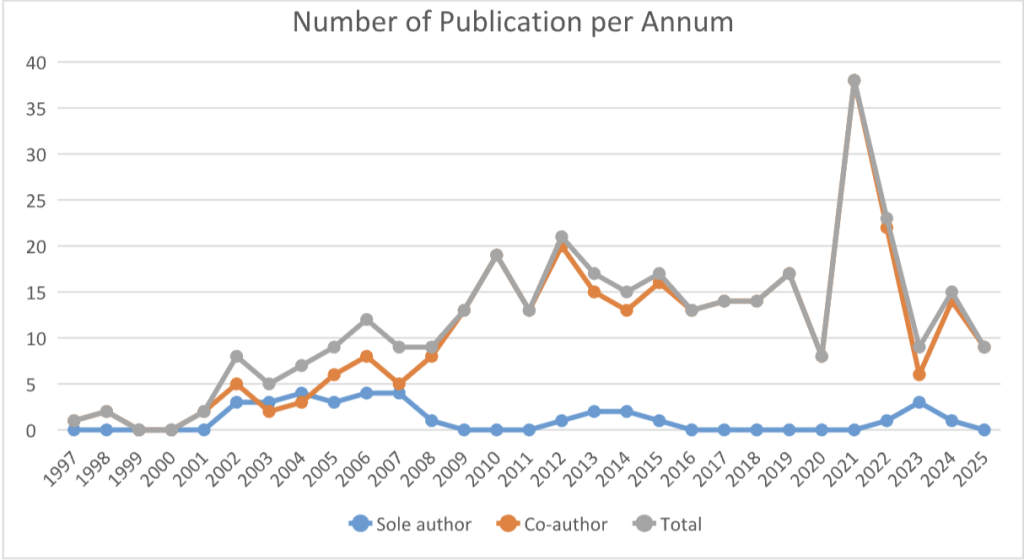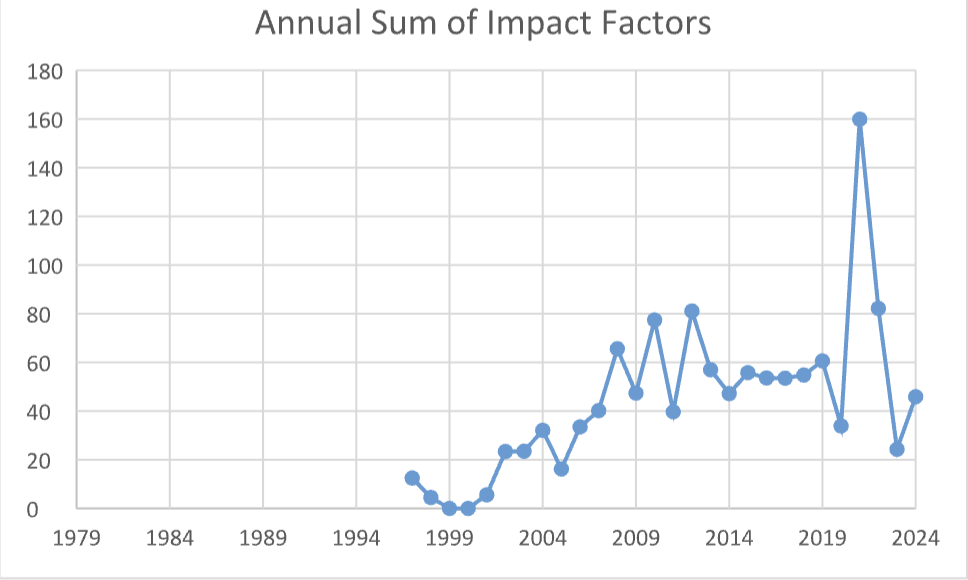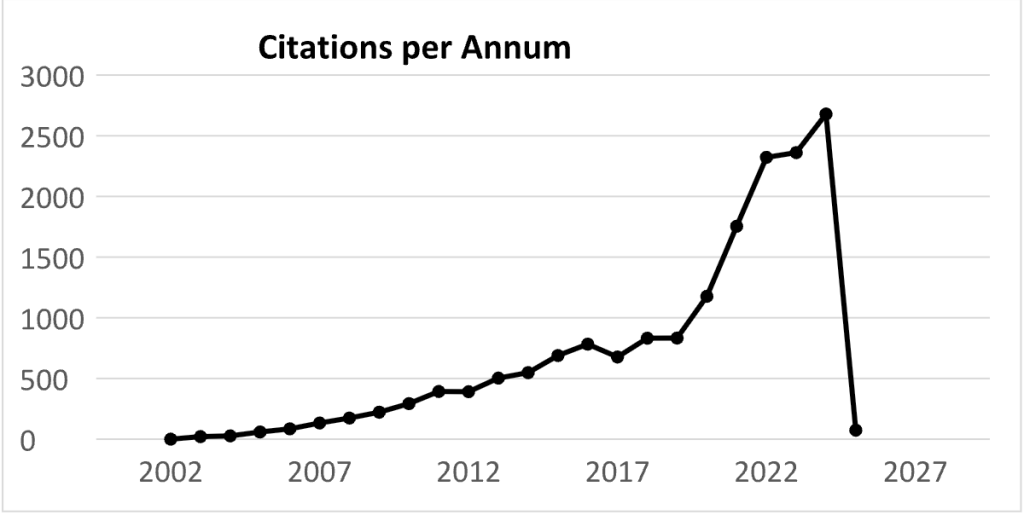Scholz M. and Grabowiecki P. (2007), Review of Permeable Pavement Systems
Building and Environment, 42 (11), 3830-3836

Prof. Scholz was returned as research-active in the Research Assessment Exercises from the University of Bradford and The University of Edinburgh in 2001 and 2008, respectively. He was also returned to the Research Excellence Framework in 2014, 2018, and 2021. Miklas wrote a Research Excellence Framework 2021 Impact Case Study for The University of Salford with the title “Providing sustainable solutions to create global wetland systems”.

Building and Environment, 42 (11), 3830-3836
Wetlands, 30 (1), 111-124.
Elsevier, Amsterdam, The Netherlands.
International Journal of Environmental Science and Technology. 16(2), 1193-1226.
International Journal of Environmental Studies, 62 (4), 421-447.
Ecological Engineering, 29 (1), 87-95.
Water Research, 31 (12), 2959-2968.
Wetlands, 27 (2), 337-354.
Bioresource Technology, 83 (2), 71-79.
Industrial & Engineering Chemistry Research, 44 (22), 8157-8163.
Most downloaded article of the journal Wetlands according to the journal’s website (16 November 2012): Kayranli B., Scholz M., Mustafa A. and Hedmark Å. (2010), Carbon Storage and Fluxes Within Freshwater Wetlands: a Critical Review. Wetlands, 30 (1), 111-124.

Designation of Editor’s Choice Article by the Editor-in-Chief of the journal Water (10 March 2021): Cardoso Chrispim M., de Marco de Souza F., Scholz M. and Antunes Nolasco M. (2020), A Framework for Sustainable Planning and Decision-making on Resource Recovery from Wastewater: Showcase for Sao Paulo Megacity. Water, 12, 3466; doi.org/10.3390/w12123466.